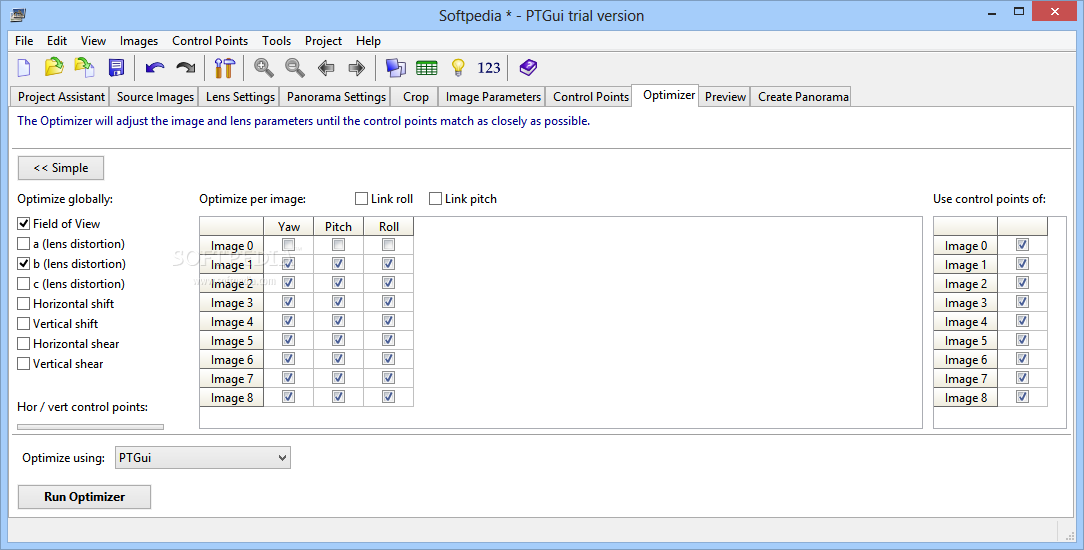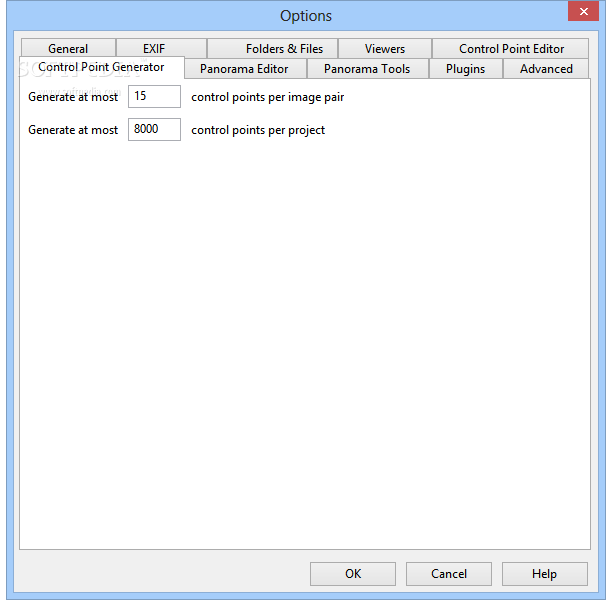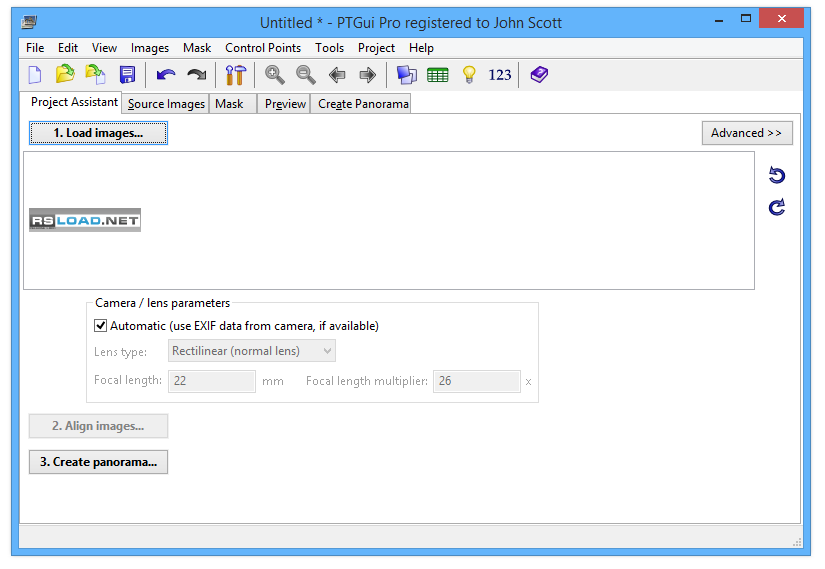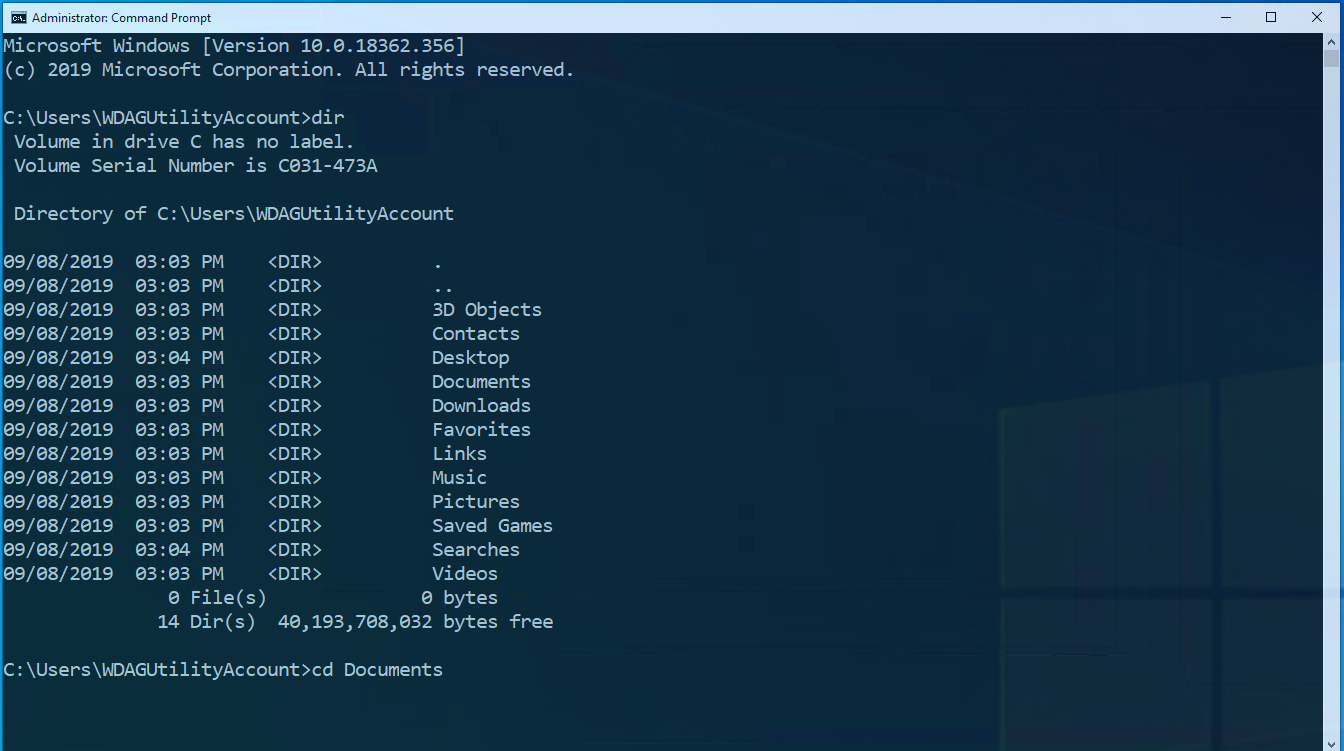

That is to say: any to-be-warped/stitched/blended image can be different e.g. These scripts can be read by mark checking the appropriate boxes while this is not mandatory.Īll the parameters and coefficients of every "i" line can have a different value from any other "i"line. Second method: Crop and Stitch in PTGui (not yet supported by PTMac) Technical preamble (can possibly be skipped over) A fundamental feature of PanoramaTools (and that is also adopted in the recent PTGui v5 autonomous engine) is that every image to be stitched can be singularly described in both the Optimizer and Stitcher scripts. In any case the step numbering will help but deviation from this workflow is possible.Ī simpler but less capable similar way was described in another page (click on WHY WOULD YOU SMART-CROP? button from the navigation bar at the top).

Some experience in using PTGui is needed to get satisfactory results. The tutorial is based on Canon EOS 20D (2,336 x 3,504 pixels / 15.0 x 22.2mm CMOS Sensor) and Sigma EX 8mm Fisheye lens. Smart Cropping possible object and purpose have been shown in another page (click on WHY WOULD YOU SMART-CROP? button from the navigation bar at the top). Smart Cropping to get a sharper Panorama > Part II Foreword PART I: Crop prior to use a Panorama Tools GUI.
PTGUI COMMAND LINE CODE


PTGUI COMMAND LINE PRO
, and "CAM15.bmp".Īlign these test input images using PTGui Pro and save the project into "myrig.pts" (it should be in ASCII text format). Save test input images from all cameras into BMP files: "CAM00.bmp", "CAM01.bmp", "CAM02.bmp".
PTGUI COMMAND LINE 1080P
In this example, let's consider a 360 rig that has 16 1080p cameras. It is easy to import camera parameters from PTGui Pro project file (.pts) into loom_shell. SaveBufferToImage(buf,"output.bmp",VX_DF_IMAGE_RGB,3840,1920) Įxample #2: Stitching Workflow using PTGui Pro Tool for Camera Calibration # save the stitched output into "output.bmp" # set input and output buffers and stitch a frame LsGetOpenCLContext(context,&opencl_context) ĬreateBuffer(opencl_context,3*1920*1080*3, &buf) ĬreateBuffer(opencl_context,3*3840*1920, &buf) # Get OpenCL context and create OpenCL buffers for input and output LsSetCameraParams(context, 2, &cam3_par) LsSetCameraParams(context, 1, &cam2_par) LsSetCameraParams(context, 0, &cam1_par) LsSetOutputConfig(context,VX_DF_IMAGE_RGB,3840,1920) # create a live stitch instance and initialize


 0 kommentar(er)
0 kommentar(er)
